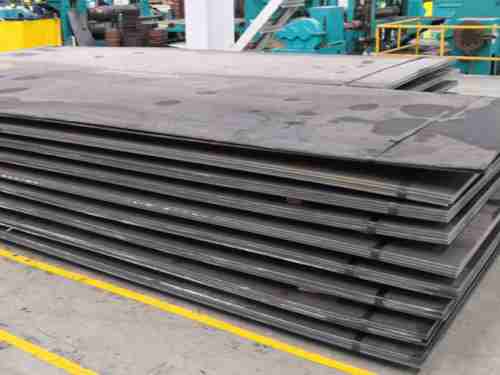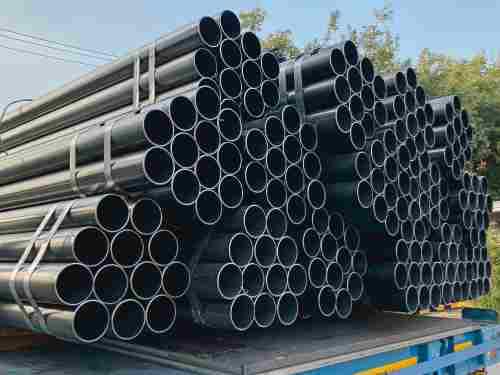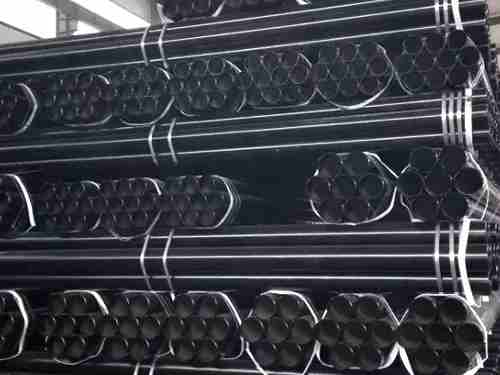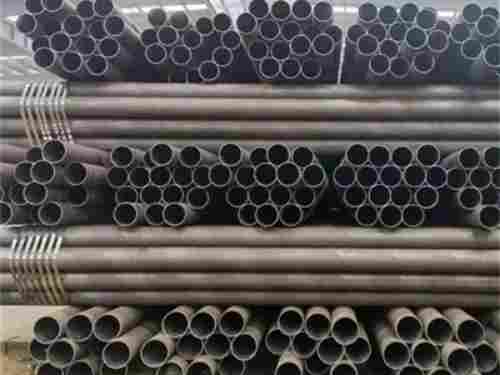Choosing the correct carbon steel (CS) seamless pipe specification involves a systematic assessment of various technical and application-related factors. Proper selection ensures not only performance and safety but also cost efficiency across different industrial scenarios. This blog will talk about how to choose the right CS seamless pipe.
- Define the Application Scenario and Requirements
Before selecting a specification, it’s essential to understand the working conditions:
For high-pressure, high-temperature transport (e.g., crude oil pipelines in petrochemical plants), opt for large-diameter, thick-wall seamless pipes with superior pressure and temperature resistance.
For general industrial applications such as water, air, or structural support, ordinary carbon steel may suffice—provided the medium is non-corrosive and pressure requirements are moderate.
Reference Factors:
|
Environment
|
Recommended Material
|
|
Normal pressure & temp.
|
Standard CS seamless pipe
|
|
High-temp, high-pressure
|
Alloy steel (better resistance)
|
- Consider Pipeline Length and Connection Method
Longer pipelines typically benefit from larger diameter pipes, reducing joints and leakage risks. The connection method also influences pipe specifications:
Welded connections require uniform wall thickness for consistent weld quality.
Flanged connections require accurate outer diameter matching with flanges.
Key Size Parameters:
Outer diameter & wall thickness: Based on flow rate and pressure. For example, high-pressure boiler tubes often have wall thickness ≥2.5 mm.
Length: Standard 6–12 m, with custom lengths (e.g., 12.5 m) available on request.
- Choose the Right Manufacturing Process
Different forming processes suit different needs:
|
Process Type
|
Best For
|
|
Hot-rolled seamless pipe
|
Large diameter, thick walls, high-temp systems
|
|
Cold-rolled / cold-drawn
|
Small diameter, thin wall, high precision
|
|
Hot rolled + cold drawn combo
|
Medium size (Φ50–150 mm), balances cost & precision
|
Example:
Hot-rolled blank: Φ89×10 mm
Cold-drawn final size: Φ76×8 mm
- Determine Load-Bearing Requirements
For load-bearing structures (e.g., support columns), prioritize pipes with higher strength and thicker walls to meet structural and safety demands. Structural integrity should never be compromised for cost or convenience.
- Evaluate Cost-Performance Balance
In general:
Larger diameter and thicker wall = higher cost
Smaller diameter and thinner wall = lower cost
Tip: Select the most economical size that meets technical and safety requirements. Over-designing leads to unnecessary cost; under-designing poses risk.
- Surface Treatment Options
Depending on the application environment, surface finish may be critical:
|
Surface Type
|
Description & Use
|
|
Black surface
|
As-rolled, standard use or secondary machining
|
|
Galvanized
|
Hot-dip zinc ≥80 μm, for anti-corrosion
|
|
Epoxy-coated
|
Sprayed coating for enhanced chemical resistance
|
|
Cold-drawn polished
|
Ra ≤0.8 μm, used in high-cleanliness systems like hydraulics
|
- Follow Applicable Industry Standards
Always refer to relevant national and industry standards to ensure compliance and safety.
Examples:
GB/T 8162 – Carbon Steel Seamless Tubes for Structural Use
ASTM A106/A53 – Seamless CS pipes for high-temperature service
EN 10216 – European standard for pressure pipes
Selecting according to standard helps ensure compatibility, traceability, and certification during engineering inspections.
Conclusion
Selecting the appropriate carbon steel seamless pipe specification is not a one-size-fits-all task. It requires a comprehensive analysis of:
Application conditions
Pipe dimensions and connection methods
Manufacturing processes
Load-bearing needs
Surface treatment requirements
Cost efficiency
Regulatory compliance
Only by combining these factors can you ensure the selected pipe performs safely, reliably, and cost-effectively in its intended environment.

 English
English Español
Español











